Unyielding compliance with the requirements and procedures detailed in ASTM F1292-13 is essential to accurate measurement of impact attenuation of playground surfaces. In limited cases a short cut procedure, while not strictly compliant, can be used for spot checking of surface conditions. This article explores the appropriate use of this procedure, and discusses its critical limitations.
Impact Attenuation Surface Standards
Standards are all about measuring accurately. It is critical that prescribed test devices are used and test methods are followed
Playing surfaces, whether they are playgrounds, sports fields, landing or sports mats, etc. have a primary objective, to protect the user from an impact that results in an unacceptable injury during the reasonably foreseeable use of the system or playing environment
For impact attenuation of surfaces, there are two major standards writing organizations in the world, ASTM International and CEN. For both of these organizations, the prevention of head injury traces its origins to the automotive industry and the work performed over more than six decades to prevent injuries. For the United States, it starts with Col. John Stapp performing military testing and evolving to the development of the first test dummies to act as surrogates for humans. Along the way, non-human primates and cadavers contributed to the refinement of both the dummy shape, mass, and association with specific injuries to where we now have the hybrid III series of dummies that are widely used in testing throughout the world. These automotive test devices are expensive and not designed for outdoor use, with the result being the development of metal surrogates, in the 1970s and onward, that highly correlate to the performance of the automotive dummies
Testing Surface Impact Attenuation
The ASTM F1292 Standard was first published in 1991 and this Standard is utilized around the world for testing of surfaces. The Standard originally used a head-shaped aluminum missile known as the ANSI C headform, established through testing in the 1970s for the US Consumer Product Safety Commission (CPSC) and others to generate g values, Severity Index (SI), and Head Injury Criteria (HIC) values that related to the automotive injury studies. Because of its shape and the need to impact the surfaces with the crown of the head, this device was used mainly as a guided system and when used in freefall, generally resulted in lower impact values and therefore could pass surfaces that under formal test conditions would fail. The guided test required a cumbersome guidance system that was difficult to bring to the field without considerable cost or difficulty. The solution was to look to Europe and their use of the 10lb aluminum hemispherical headform that does allow for a freefall test with the missile landing on the hemisphere and utilizing a triaxial accelerometer to generate data that was equal to that generated by the ANSI C. This validation of the two headforms took many years, a series of round robins involving many laboratories involved in the testing of surfaces and finally the determination of equivalency. The free fall drop test was adopted into ASTM F1292 in 1999 and into En1177 in 2008 even though for playground surface testing, the procedure of the test is different the goal is the same, to protect children from HIC values over 1000.
Currently, the ASTM F1292 Standard requires the completion of a three-temperature laboratory test for surface systems, which cannot be easily performed in the field. As a result, F1292 provides a field test to allow every owner to test the surfaces their children are playing on and determine the potential of a severe injury. The standard provides considerable detail as to the procedure and this will vary depending upon whether the surfacing is loose fill or unitary. The Standard requires the person performing the test to determine the most adverse locations and test the surface in its most conservative condition. That is one of the reasons why the Standard requires the performance of 3 drops from the same height to the same location
Formal testing of compliance of the surface to ASTM F1292 is the requirement of the CPSC Handbook on Public Playground Safety, ASTM F1487, and the ADA on the ground-level accessible route. It will also be a requirement for any measure of contract or warranty performance and absolutely in the event of an injury that results in a lawsuit. Therefore formal testing of a surface and compliance with ASTM F1292 will require that all of the aspects of ASTM F1292 be performed.
There are circumstances where an owner might want to test their surface in a determination of performance prior to a formal ASTM F1292 test. This could be in support or confirmation of a full periodic field test to the standard. Care must be taken to ensure the factors that negatively influence the impact attenuation properties for the system under test are taken into consideration and that the threshold g and HIC values are set 30 to 50% below the contractual or standards threshold to determine when the formal test is immediately triggered.
Once the decision has been made to perform the full F1292 test there are circumstances where the person performing the test needs to perform a number of pre-tests on a surface to finally locate the three areas that would be the most adverse for a play structure. This can be done using the ASTM F355 E missile with the data collection device attached to a hand-drop device.
The ASTM-compliant E missile must, whether the drop is a pre-test or full test, provide for each drop; the date and time of the drop, the peak g, the HIC, the angle, and the velocity to confirm the drop height of the drop. Although it is virtually impossible to drop the E missile from the same height to the same point on the surface, if the pre-test is being performed without supporting devices, this must be noted in the field notes and the data comments.
The pre-test is not the F1292 field test but is only to be used between field tests that impact attenuation properties have not changed significantly putting children at risk. If only one drop is being used, then this must be compared to the values for the first of a series of three drops for the surfacing system during the formal testing of the surface. A routine of frequent pre-testing followed up with the formal test will ensure surfacing systems are functioning as intended. It also offers the opportunity to a system owner/operator to visit a site with a concerned parent or caregiver and provide the confidence that their child will not sustain an injury beyond the thresholds stated in the relevant standard.

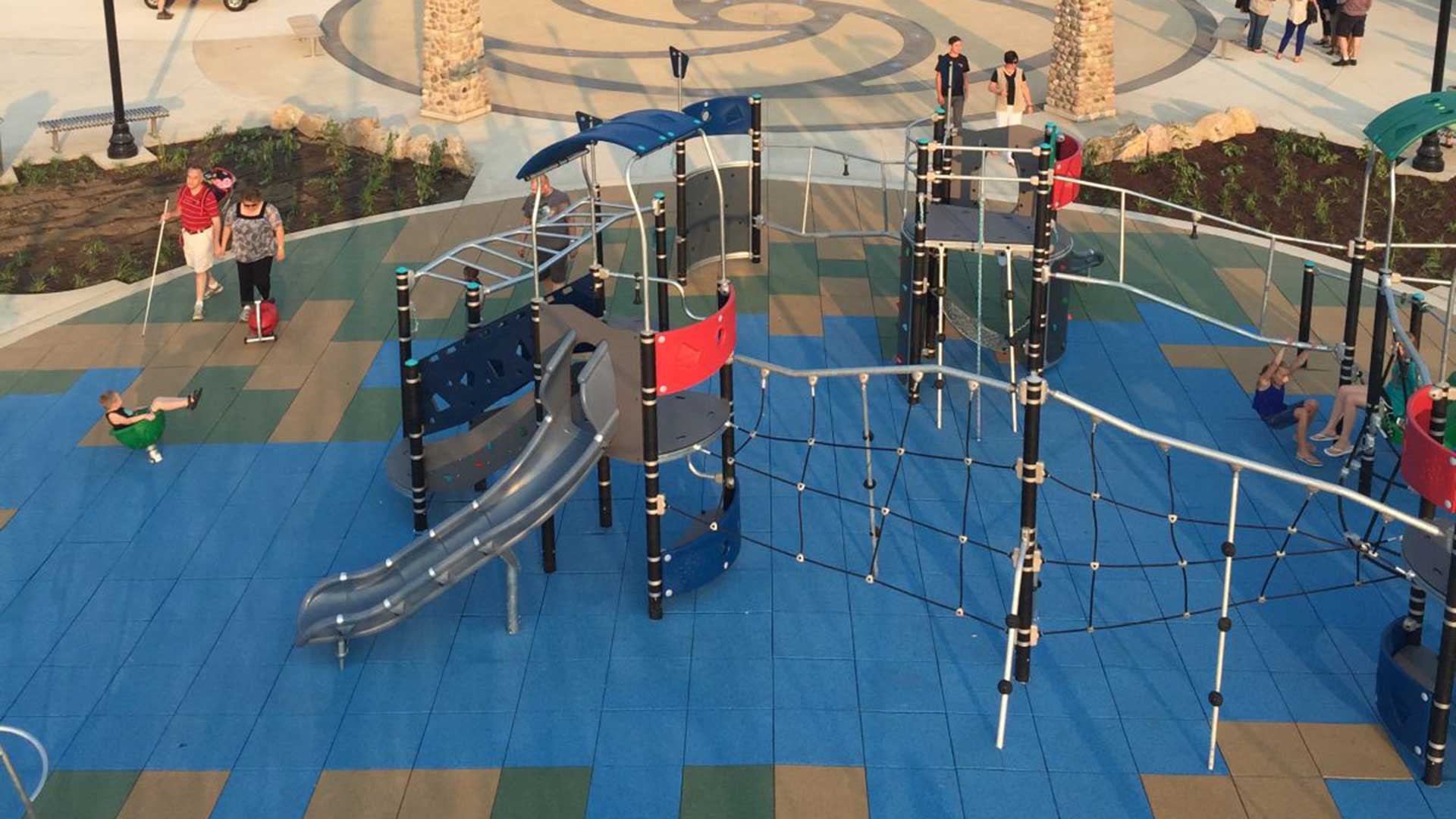

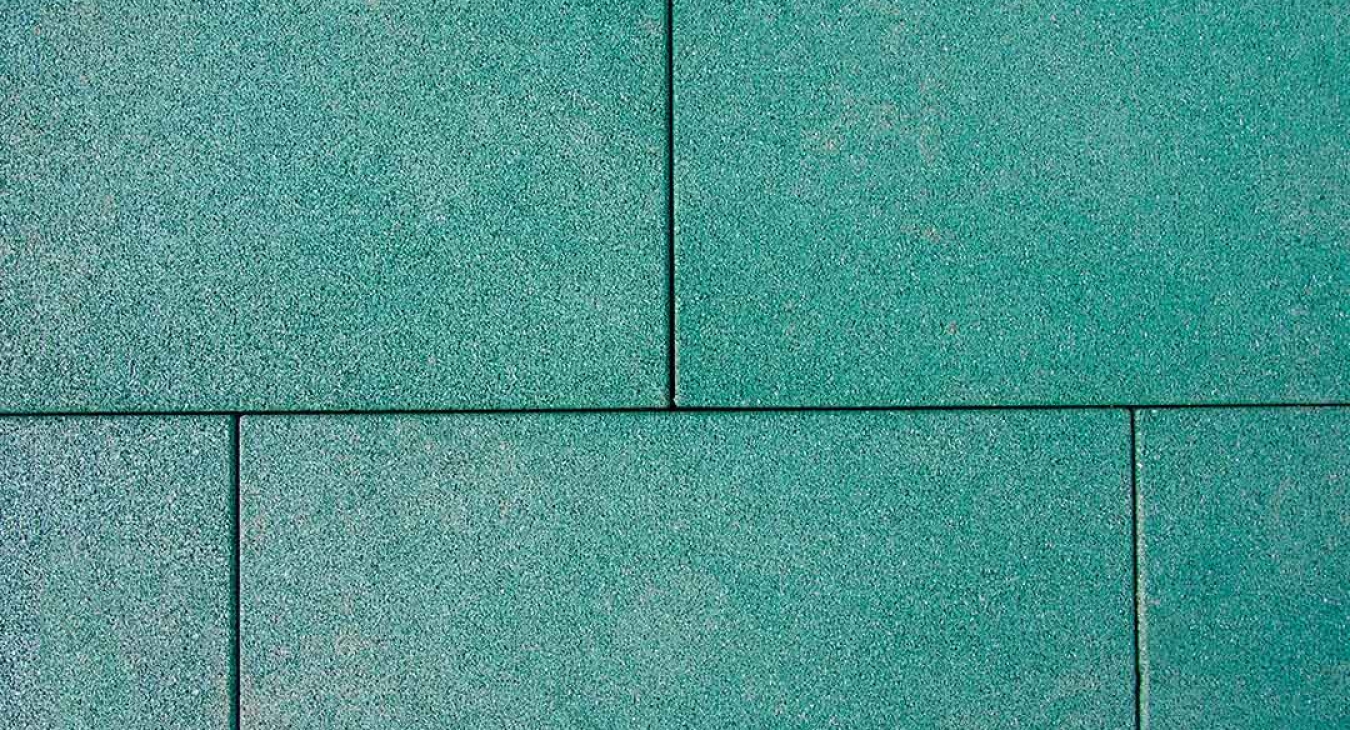
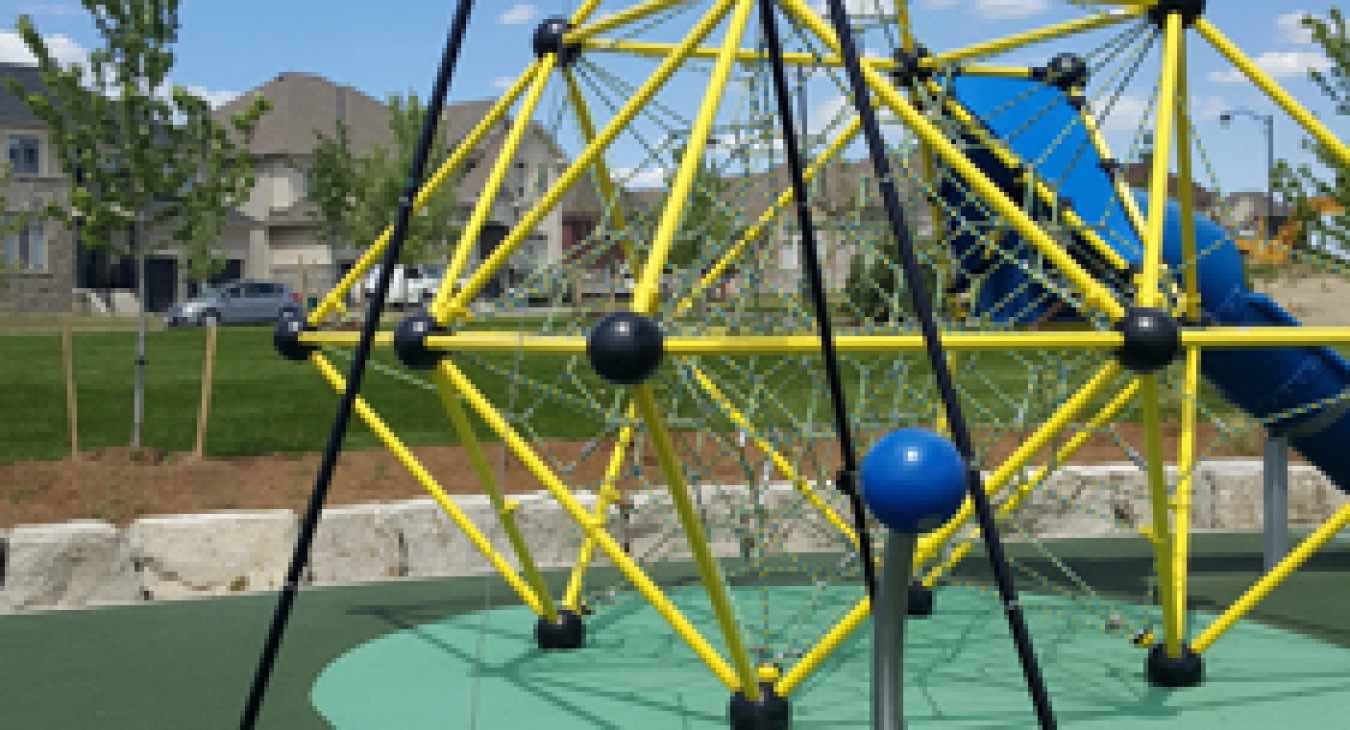
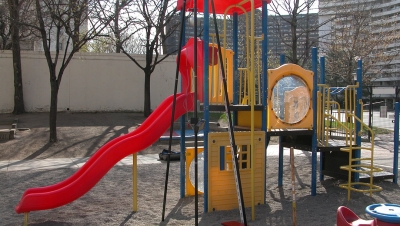
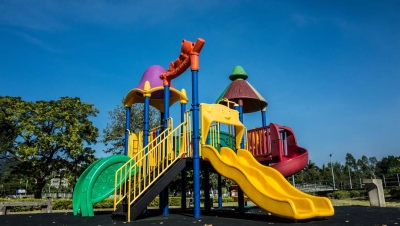
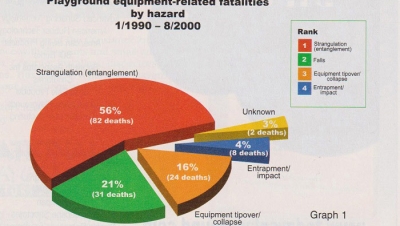



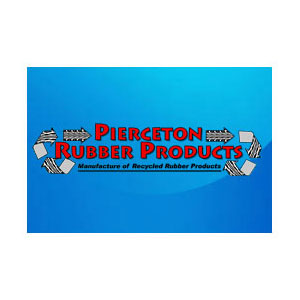


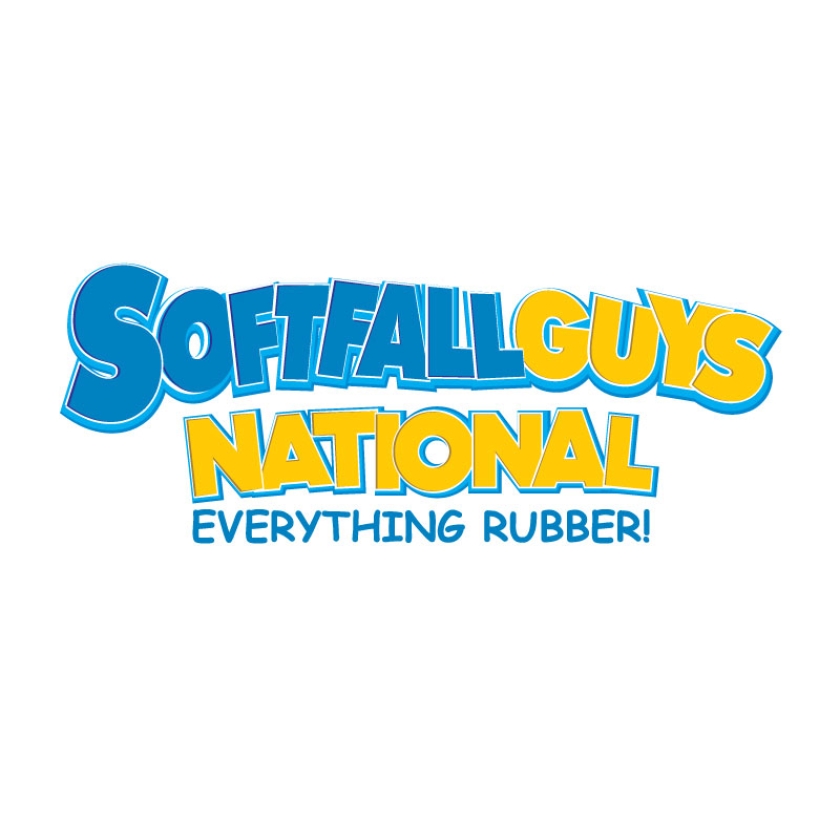


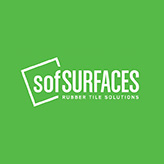
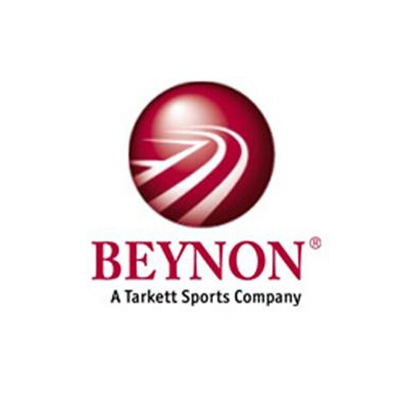


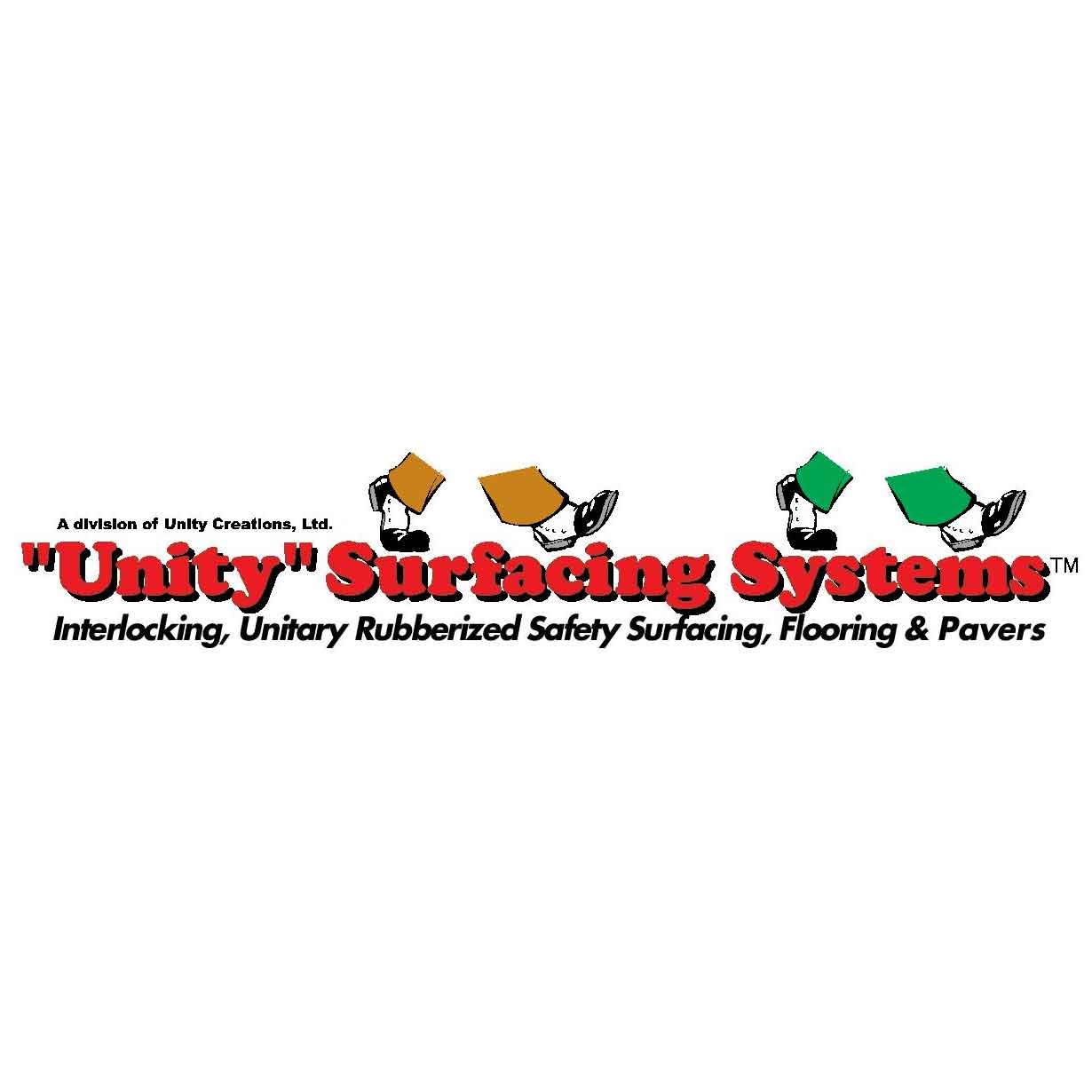
Please advise which are
Please advise which are laboratories who can do the Impact attenuation test for play ground sand?
Buyer beware, Understand what
Buyer beware, Understand what the Standards require to have an accurate test result that will hold up to the USA Court System. Buying something no matter how inexpensive it may be compared to what the Standard currently requires is nothing that I would want to use to bet my agency''s assets or my professional reputation on. Just saying.
I keep waiting for the
I keep waiting for the industry to come out with a device that makes some 'common sense', yet still provides the level of safety required. We use so many simple check fixtures in playground safety that check for life threatening conditions such as entanglement (we use an 1/8 in piece of plastic), entrapment (a poly or steel probe or probes with a few hundred dollars at most...that all of a sudden we need a device worth $10 K +. Just doesn't make sense and leads owners to NOT TEST because the test is too expensive. Someday there will be a practical way to get all surfaces tested to ensure the safety of users. Not a device that has a monopoly on testing.
As noted playground safety
As noted playground safety expert and advocate Mr. Huber correctly states, playground operators and owners need a way to assess playground surface performance prior to an expensive and time intensive formal ASTM F1292 test. Frequent and routine testing are the key to determining deficiencies in playground surfaces and monitor manufacturer’s warranty performance. We here at Sonam Technologies offer an affordable way for operators and owners to do just that at a small fraction of the cost of a conventional test. Unlike the existing cumbersome, expensive and antiquated devices currently on the market, Sonam’s products are compact, portable, inexpensive and simple to use.
Add new comment